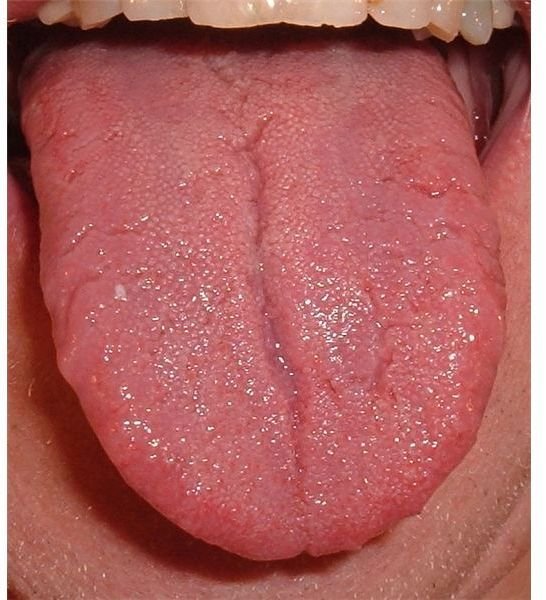Three Types of Bacteria Helpful to Humans: Getting Intmate with some Friendly Bacteria
Friendly Bacteria
Bacteria are not always bad news. In fact, most of the time they are nothing but good news. Here are some of the reasons why you should continue to let them enjoy a free ride on and in you; friendly and helpful bacteria can -
- Aid in the development of the immune system
- Aid the digestion and absorption of food and nutrients
- Prevent pathogenic bacteria from occupying positions on and in our bodies
- Produce essential vitamins such as vitamin K
- Prevent Inflammatory Bowel Disease (IBD). There is some research in the scientific literature to suggest that friendly bacteria can prevent conditions such as Crohn’s disease and help to reduce inflammation. As well as this, the use of probiotics (friendly bacteria in food and drinks) has been shown to help treat IBD.
- Help to prevent allergies.
Here are some of friendliest bacteria you could ever hope to meet.
Bifidobacterium
Bifidobacterium longum is a multi-faceted extremely friendly bacterium that resides in the digestive tract and helps to keep the whole digestive system ticking over smoothly. B. longum also inhibits the growth of pathogenic bacteria and it produces lactic acid (which can help people who are lactose intolerant). They are believed to be one of the most dominant friendly bacterial species that live inside us, and are early colonizers of the digestive tracts of newborn infants. Other potential health benefits are believed to include; -
- Stimulation of the immune system
- Cancer prevention
- Reduce cholesterol
- Prevent diarrhea
Lactobacillus Salivarus
L. salivarus resides in the mouth, and the digestive tract. It produces lactic acid which can inhibit the growth of pathogenic bacteria. These friendly bacteria can produce a bacteriocin (toxin) that is harmful to Gram-positive bacteria such as methicillin-resistant Staphylococcus aureus (MRSA).
There is also evidence to suggest that L. salivarus can break down undigested protein and their potentially harmful by-products. It’s known as a hardy bacterium and can double its population every twenty minutes. L. salivarus can also survive in both aerobic and anaerobic environments.
Streptococcus Thermophilus
S. thermophilus is the last of our three types of bacteria helpful to humans. It is a non-motile and non-spore-forming friendly bacteria (even though it’s related to strains of pathogenic bacteria such as Streptococcus pneumoniae) that can be found in the digestive tract. It is also classed as a lactic acid bacterium and is used in the production of milk, cheese, and yoghurt. Inside humans the friendly bacteria has been shown to provide lactose to the intestine, thereby alleviating the symptoms of lactose intolerance.
References
Multireplicon genome architecture of Lactobacillus salivarius. PNAS
Bifidobacterium longum DJ010A
U.S. Department of Energy - Office of Science
Picture Credit
Picture released underGNU Free Documentation License
